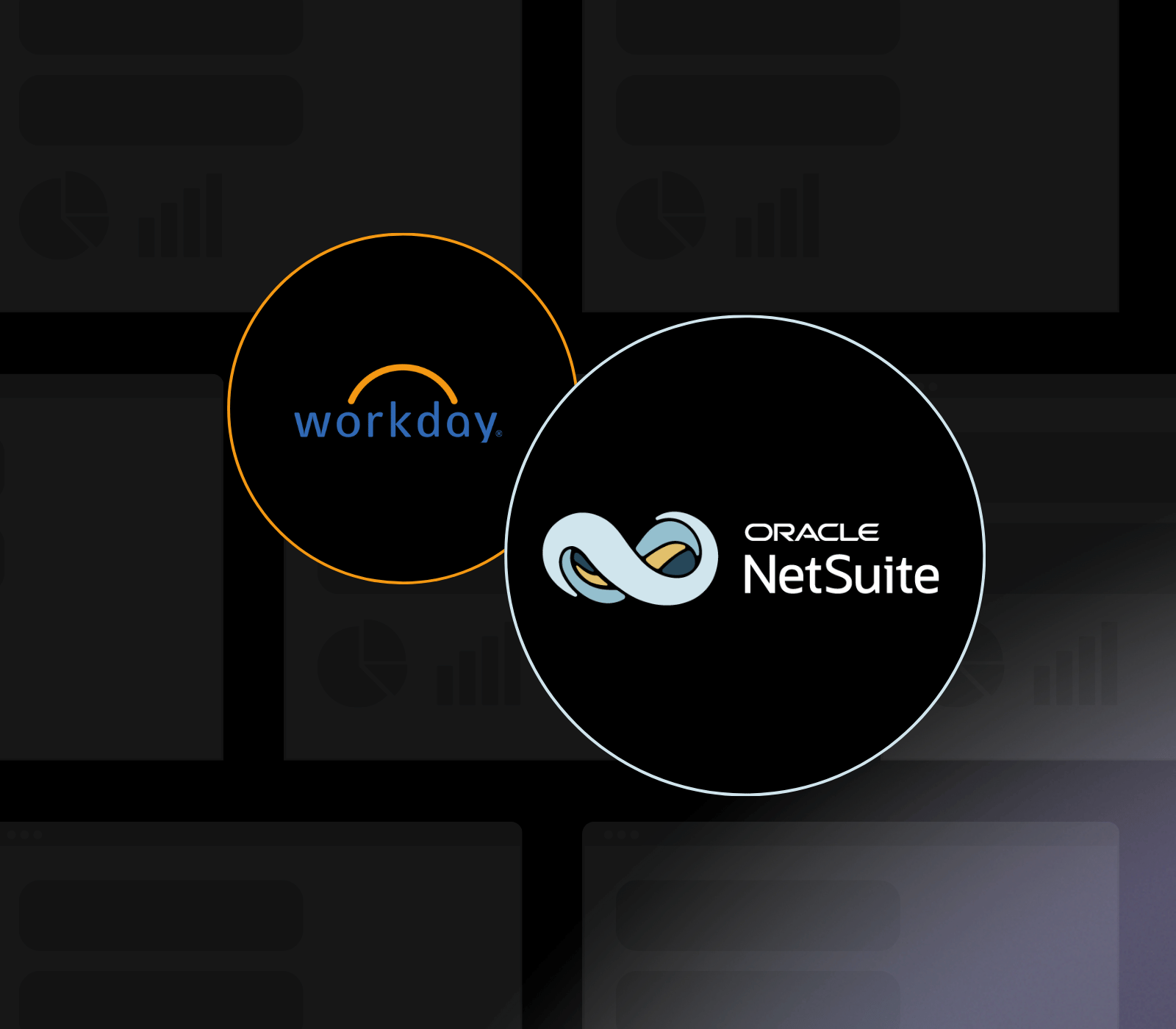Why choose NetSuite over Workday
-
Unified from the start
NetSuite is built as a single finance, planning and operations platform – unlike Workday, which extends an HR core through financial add-ons and external integrations.
-
Global-ready architecture
Manage multi-entity operations, intercompany transactions, and global compliance from one environment. NetSuite’s native global capabilities go far beyond Workday’s financial reach.
-
Smarter planning & visibility
Forecast, model and adjust plans in real time with NetSuite Planning & Budgeting. Built-in reporting and dashboards keep leadership aligned across regions, roles and time zones.
Understanding NetSuite vs Workday
-
See NetSuite ERP in action
There’s no better way to explore how NetSuite ERP can benefit your organisation than by experiencing it firsthand.Request a product tour
Questions to ask before you choose
NetSuite’s OneWorld edition handles subsidiaries, currencies and tax regimes natively—ideal for companies scaling globally. Workday often requires workarounds or additional configuration to support complex, multi-entity structures.
NetSuite delivers built-in dashboards, real-time reporting and drill-down analytics across finance, inventory and planning. Finance leaders get a clear, consolidated view of performance. Workday’s strength in HR insight doesn’t always extend to operational control, particularly for non-HR users.
NetSuite Planning and Budgeting enables detailed modelling, rolling forecasts and AI-supported variance detection, all within your ERP environment. Workday Adaptive Planning is a separate product with its own data model, adding integration complexity.
Workday’s modular pricing and services model can lead to rising costs over time, especially when layering on financial features. NetSuite’s all-in-one platform and lower admin overhead often make it more cost-effective as you scale.
NetSuite delivers automatic twice-yearly upgrades with built-in compatibility across modules. Workday’s updates can introduce overhead, especially if finance and HR have been heavily customised to support divergent use cases.
Both systems offer integration capabilities, but NetSuite’s open API and ecosystem of connectors (like Celigo and Boomi) make it easier to plug into platforms like Shopify, Salesforce or HubSpot.
Yes. NetSuite was designed as a finance-first ERP, not retrofitted. It offers deep financial control, built-in planning and a unified operational core – ideal for finance leaders driving business-wide visibility and growth.
NetSuite Planning and Budgeting (NSPB) supports rolling forecasts, scenario modelling and real-time plan vs actual tracking – all native to the ERP. Workday often requires additional tools and effort to bridge finance and planning.
ERP that moves with your business
-
Structure for scale
NetSuite’s unified data model keeps finance, planning, CRM and operations in sync – so you can manage complexity without layering on disconnected tools.
-
Insight that drives growth
With real-time dashboards, built-in planning tools and scenario modelling, finance leaders can move quickly from questions to action, even as conditions shift.
Frequently asked questions about NetSuite
NetSuite’s OneWorld edition natively supports multi-entity consolidation, currency management, tax compliance and localised reporting- making it easier to expand without reengineering your system landscape.
NetSuite’s native strength is finance, ERP and operational data. For HR, payroll and workforce management, it integrates with leading HCM platforms. This way you keep finance and operations unified in NetSuite while using best-of-breed HCM if required.
NetSuite delivers two major upgrades each year, automatically applied across all customers. Because the platform runs on a single code base, updates don’t require disruptive re-implementations or expensive version upgrades
NetSuite includes role-based dashboards, reporting, and drill-down analytics out of the box. For advanced needs, SuiteAnalytics and NetSuite Analytics Warehouse (NSAW) provide deeper modelling, consolidation and visualisation on top of your ERP data.
let’s chat
Start your journey with Annexa
Request a one-on-one meeting with an Annexa NetSuite expert to discuss your unique challenges and opportunities.
- ✓ NetSuite ecosystem experts
- ✓ Leaders in integration
- ✓ Award-winning team
- ✓ Strategic partner network
- ✓ Innovation always





